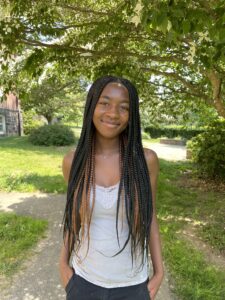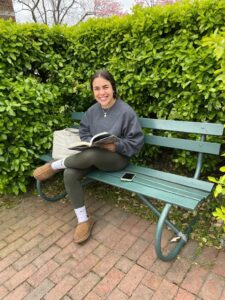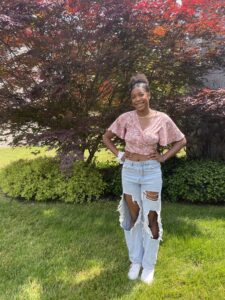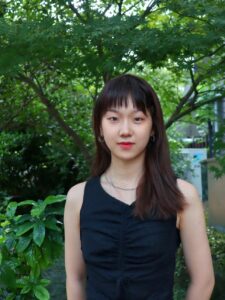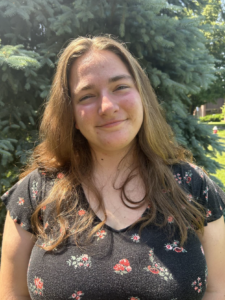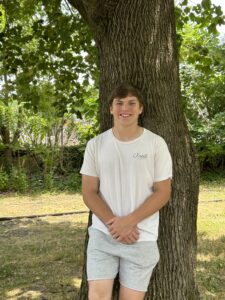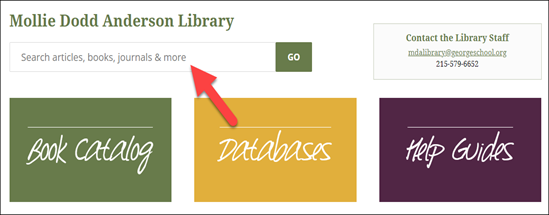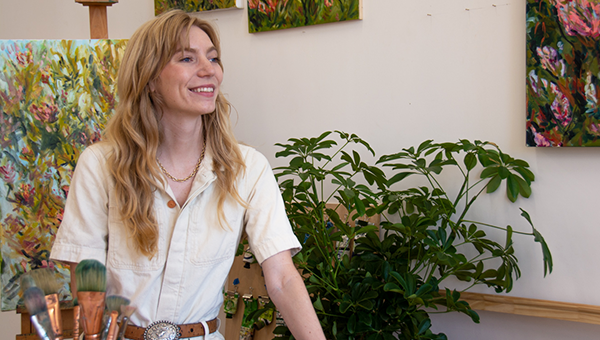
Virginia Steck Johnson ’14 forayed her passion for painting into a career through dedication to the art form, hours of practice, and an obsession with form and concept. She took the opportunity to create while at George School and developed an art form that is uniquely hers.
“I came to George School my junior year with a real passion for art, but without the flexibility and resources to really pursue it,” Virginia described. “When I was at George School, Jō [Adachi] was my art teacher, and he was amazing. I picked up oil painting for the first time in Jō’s class, which is now my continued medium, so that was a big moment for me. During my senior year, I was afforded significant time and resources to devote to my art and even had, for the first time, my own space to create, that was truly mine. I remember spending every day working and creating.”
Many of Virginia’s George School teachers were influential in encouraging her to pursue art. “My AP Art final project, which is very different than what I do now, was a series of close-up portraits where I painted peoples’ hands, neck, or different parts of the body where I worked to capture their personality,” said Virginia. “I do not do portraiture or realism now, but I think the close look I was doing at the time and attempting to capture the essence has carried through to my work today. I was lucky to have such a strong level of art instruction at such a young age.”
After George School, Virginia attended Wesleyan University in Connecticut, continuing her arts education, and maturing her painting process. “During my time at Wesleyan, I became interested in the environment in an artistic way, which again, is different than the work I am doing now. I honed in on a personal relationship with nature while I studied art, environmental science, and data analysis. After graduation, I loved art and really wanted to pursue a career in creating but did not know what that would look like in adult life, so I worked in marketing, which seemed like a blend of all my interests while painting on the side. Being in a school environment was so supportive in pursuing my interest in art, but I lived in New York after school and did not have a lot of resources for art,” Virginia said.
Finding opportunity during the pandemic, Virginia took the steps to turn her passion into a career. “When COVID-19 happened, I moved to my family’s house in Pennsylvania, and had a lot more time and space for art,” she explained. “I was able to thrive without the spatial constraints of a New York apartment and developed my creative practice for the first time on my own, outside of a school environment, and connected with a supportive art community. My first real sales experience was in my grandma’s garage where I set up my first show. I wanted to have a space with all my work together and get conversation and feedback. I did not expect to sell anything but sold eighteen of the twenty pieces I displayed after I invited people to the show. That was the first moment when I realized that I could pursue art as a career even though I did not have all the answers or did not know exactly how it would work out.”
A move to Denver turned out to be a boon for Virginia and her work. “Shortly after that, I moved to Denver and have become very involved with the arts community here, having done a lot of shows and galleries. Denver has a great public arts and community arts scene that supports many different types of artists. I have done many pop-up events and craft fairs, and am now working with a gallery, which is exciting. This is not the path I envisioned. As a younger person, I thought that working with a gallery was the only way to be an artist. I have since realized that there are many paths to be an artist and engaging with the community, all while making a living from it. I have been blown away by the diversity of the Denver arts scene and by the support I found here and in the online space. I would not describe myself as an Instagram person, and it is not natural to me to show up and share online; however, putting more of myself out there and being more vulnerable has received an incredible response and has allowed me to continue to pursue art as a career,” she described.
Virginia’s method and form has changed from her time at George School to present. “I am an abstract impressionist painter,” she explained. “I am really inspired by nature and by a personal connection to nature, and by the feeling of wonder and exploration, especially connecting with child-like experiences of looking under rocks, digging around, and finding so much possibility and a sense of magic. I hope that is what shows through in my work. I vary the way I express that from landscape-style work to work that is more abstract, creating a scene that feels like it is part of memory, like somewhere that you have been before but cannot exactly place.”
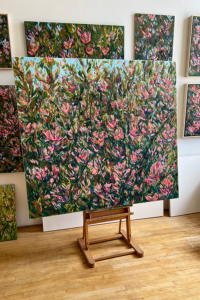
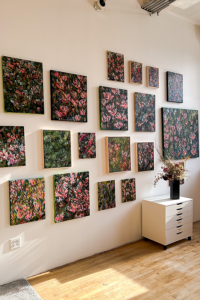
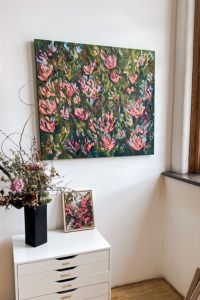
“I am currently working on another large piece that is a continuation of my wildflower series, which for me, has been a big shift about the joyful expression of nature and a spontaneity that I think exists in me while I am painting and in communication with what I am seeing and experiencing outside. I love working large to capture an immersive and expansive feeling and am using a color palette to create scenes based on times of day, focusing on early morning daylight, and thinking a lot about layering and composition practices. I am excited that I have this concept. I am not sure when I will exhaust it, but the more I paint in this style, the more excited I get. There are so many possibilities—what if I make it a little greener? What if this half did not have any flowers in it? What if I focused on grass instead of the flowers? I think about all the variables. It is the data analyst in me that just wants to pursue every possibility.”
Virginia seeks inspiration in the outdoors. “I spend a lot of time hiking by myself in natural spaces and take a lot of photos, hoping to find unexpected and overlooked scenes. The photos are important to my process because I can reference them and use them to help jog my memory. I take hundreds of photos and print many of them out, but do not bring any of them into the studio. I want the studio to be an experience between me and the painting, and not have distraction. Once I am painting, it reminds me of where I was and the experiences I had, and I think about things like temperature and smell. My painting process is very visceral, like a dance more than a conscious action. I am not thinking much while painting. Sometimes, I want to do a painting again, but I can’t because I don’t remember what was happening while I was creating it. I do not hang onto an idea for long. I let the painting itself infer what I am doing, and as much as I try to plan things out ahead of time, the process I have is about discovering while doing.”
“It was recently that I realized how important it was to be surrounded by creative people, which is an aspect of the George School community that I loved,” she continued. “It is so important to both emotionally and creatively engage with others who are working on projects of their own, which may not directly impact what I am doing in the studio, but those community connections fuel my creativity. I am someone who spends a lot of time creating alone but needs the energy of others to feed me.”
Virginia’s advice for anyone thinking of pursuing a career in the arts? “Remember that the creative journey is full of ups and downs, but that you never get to an endpoint, so you need to keep trucking on, being persistent, and keep showing up for yourself and for your process.”
You can check out Virginia’s amazing work at Walker Fine Art in Denver or on her website: https://www.virginiasteck.com/.

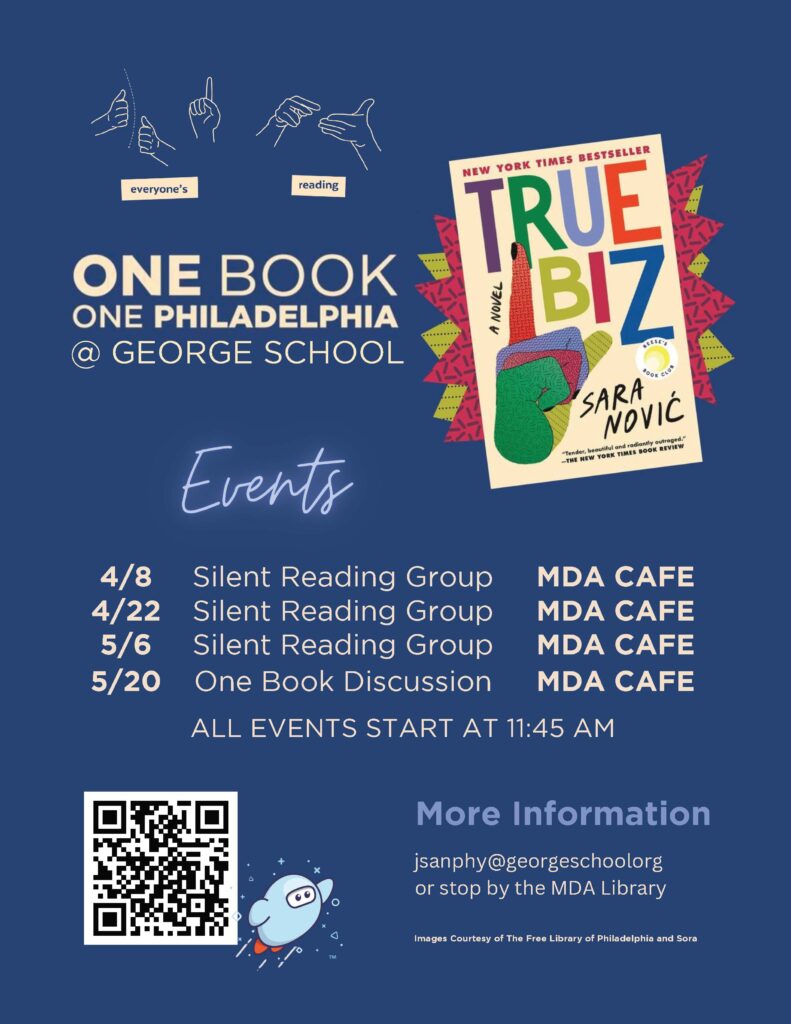
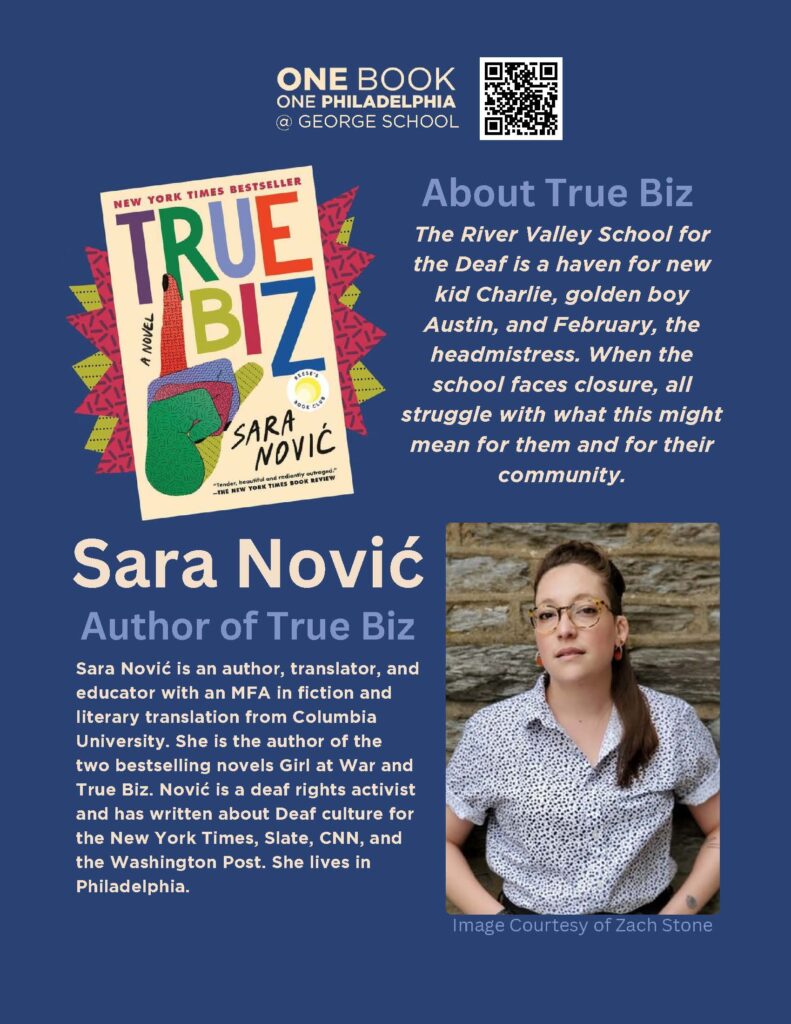
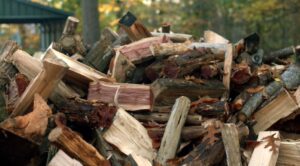
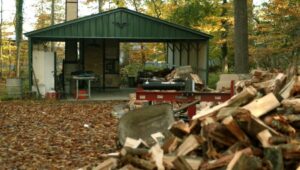
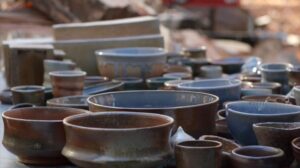
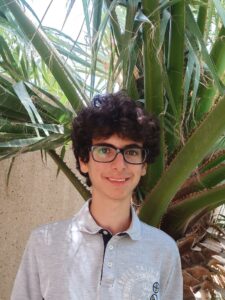 Monastir, Tunisia, and Amman, Jordan
Monastir, Tunisia, and Amman, Jordan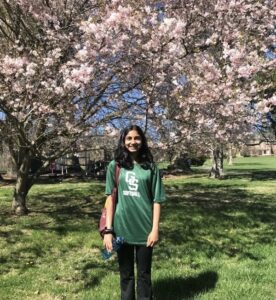 Irvine, CA
Irvine, CA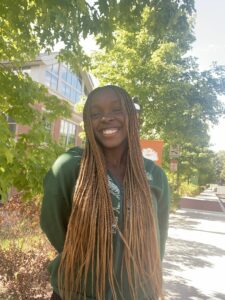 Feasterville-Trevose, PA
Feasterville-Trevose, PA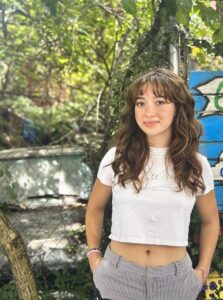 New Hope, PA (Previously NYC)
New Hope, PA (Previously NYC)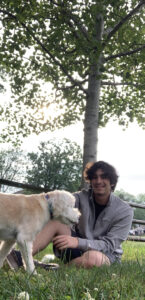 Richboro, PA
Richboro, PA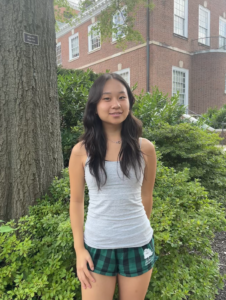 Englewood, NJ
Englewood, NJ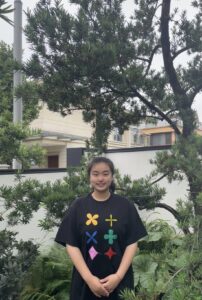 Ningbo, Zhejiang, China
Ningbo, Zhejiang, China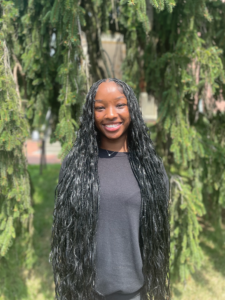 Willingboro, NJ
Willingboro, NJ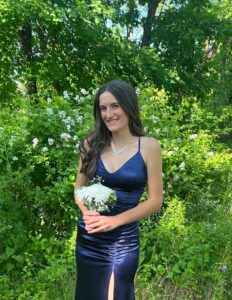 Yardley, PA
Yardley, PA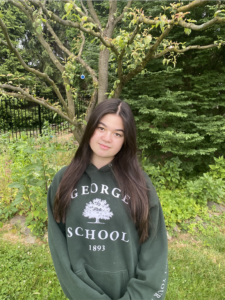 Newtown, PA
Newtown, PA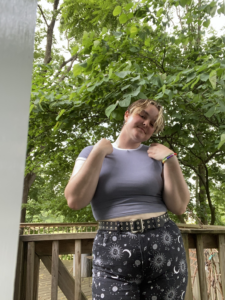 Holicong, PA
Holicong, PA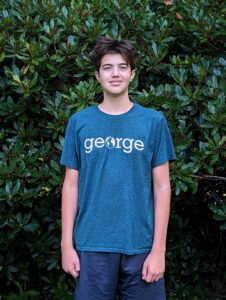 Newtown, PA
Newtown, PA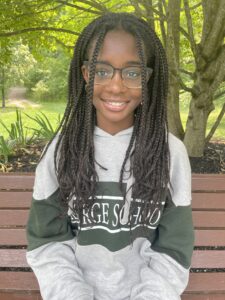 Hamilton, NJ
Hamilton, NJ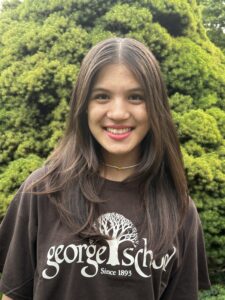 Yardley, PA
Yardley, PA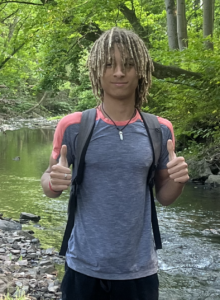 Lambertville, NJ
Lambertville, NJ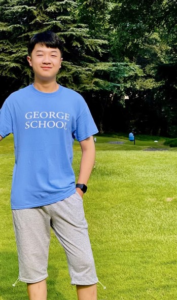 Chongqing, China
Chongqing, China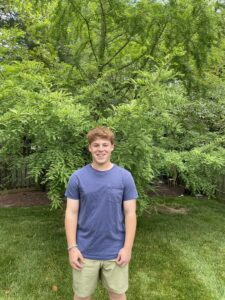 Pennington, NJ
Pennington, NJ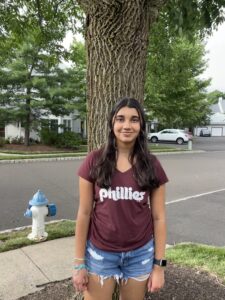 Yardley, PA
Yardley, PA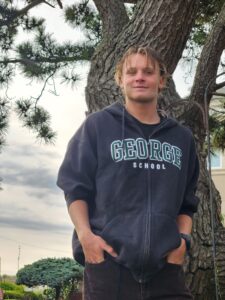 Bensalem, PA
Bensalem, PA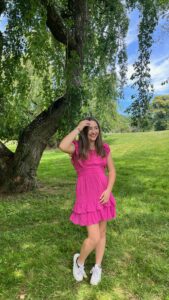 Borgota, Colombia
Borgota, Colombia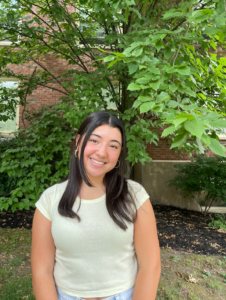 Newtown, PA
Newtown, PA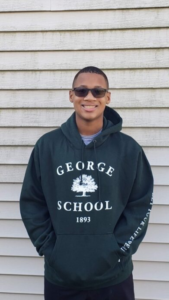 Burlington, NJ
Burlington, NJ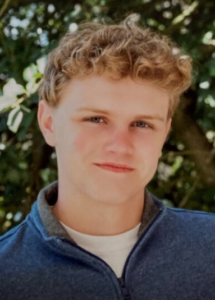 Langhorne, PA
Langhorne, PA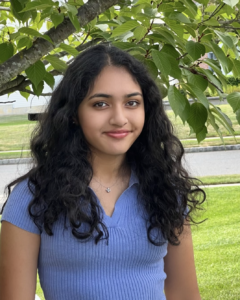 Princeton, NJ
Princeton, NJ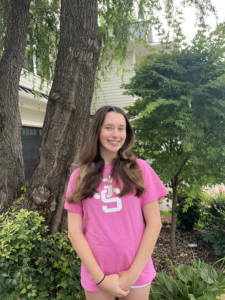 Langhorne, PA
Langhorne, PA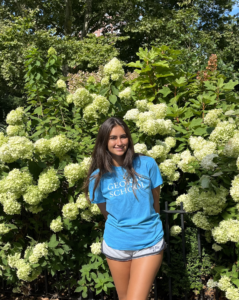 New York City, NY
New York City, NY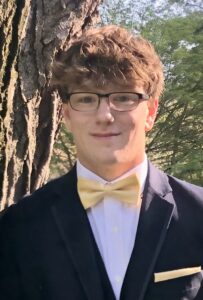 New Hope, PA
New Hope, PA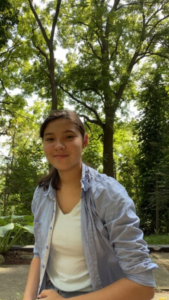 St. Catharines, Ontario, Canada
St. Catharines, Ontario, Canada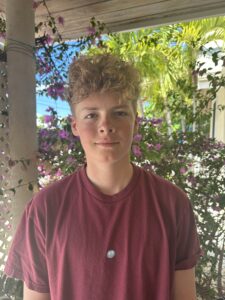 Providenciales, Turks and Caicos Islands
Providenciales, Turks and Caicos Islands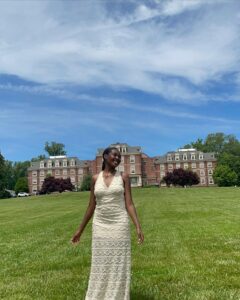 Willingboro, NJ
Willingboro, NJ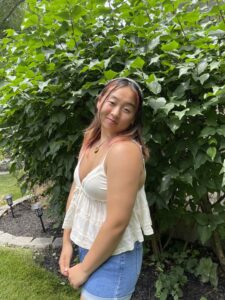 Princeton, NJ
Princeton, NJ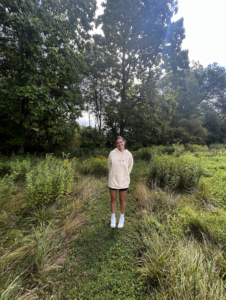
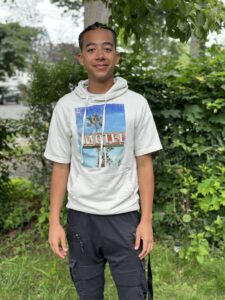 Newark, NJ
Newark, NJ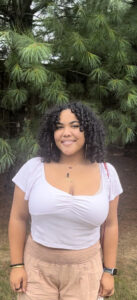 Trenton, NJ
Trenton, NJ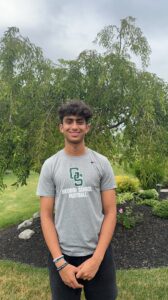 Newtown, PA
Newtown, PA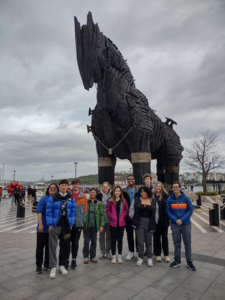
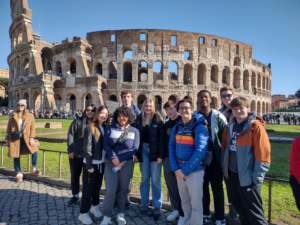
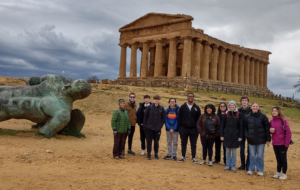
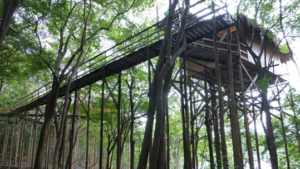
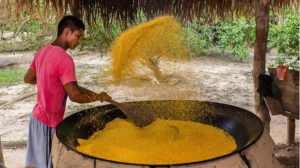
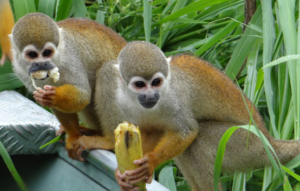
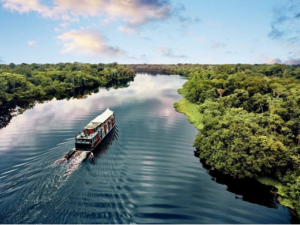
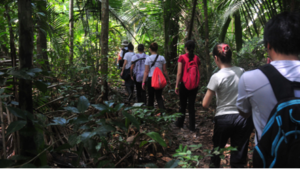
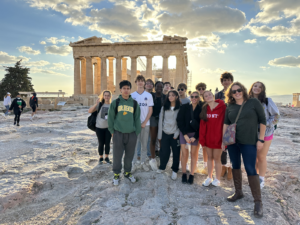
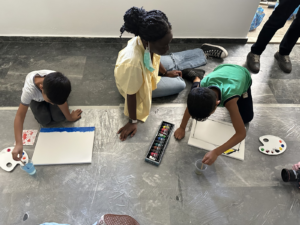
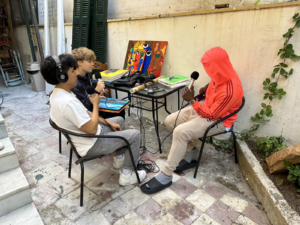
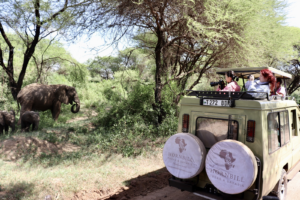
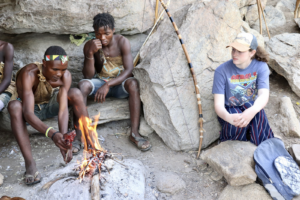
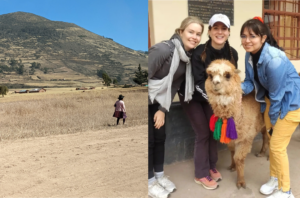
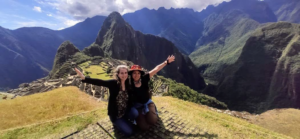
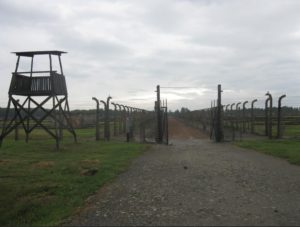
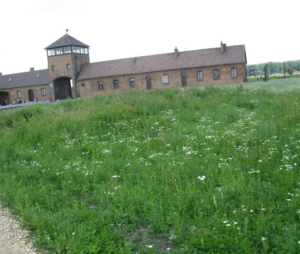
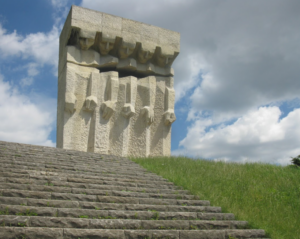
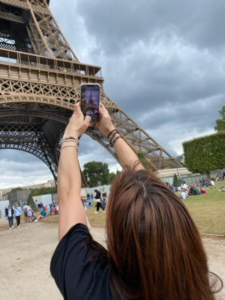
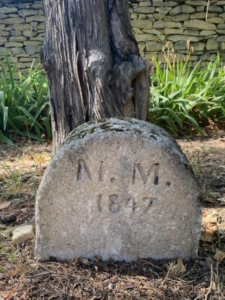
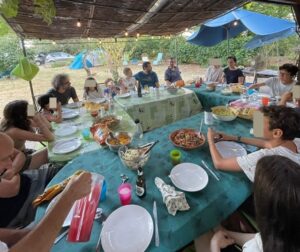
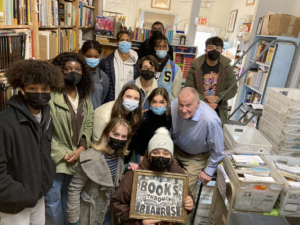
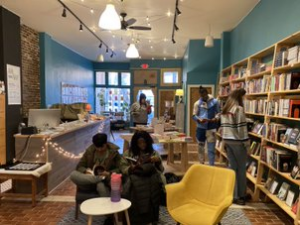
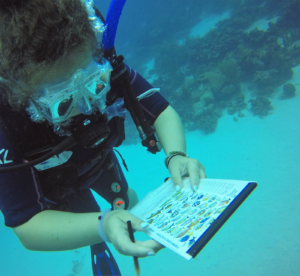
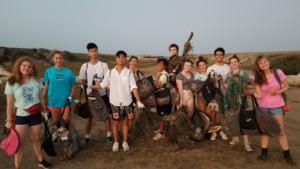
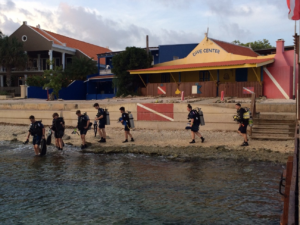
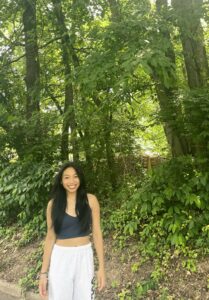 Lawrence, NJ
Lawrence, NJ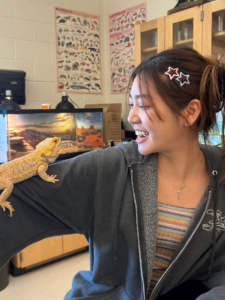 Seoul, South Korea
Seoul, South Korea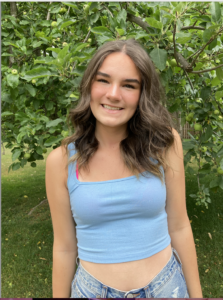
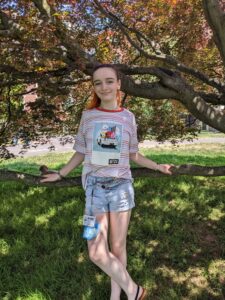 Milwaukee, Wisconsin
Milwaukee, Wisconsin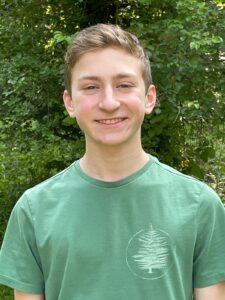 Pennington, NJ
Pennington, NJ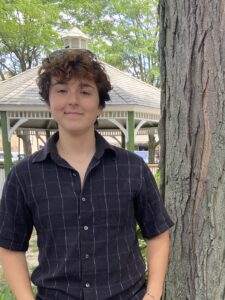 Jenkintown, PA
Jenkintown, PA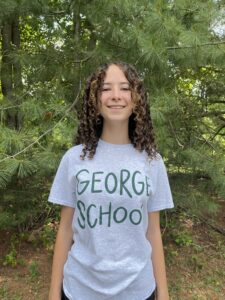 Ottsville, PA
Ottsville, PA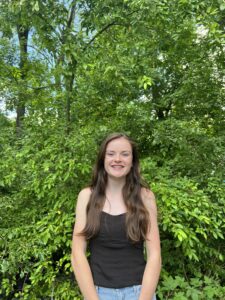 Yardley, PA
Yardley, PA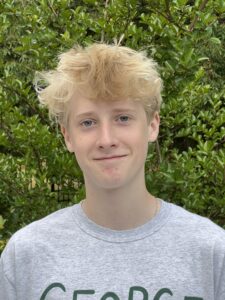 Providenciales, Turks and Caicos Islands
Providenciales, Turks and Caicos Islands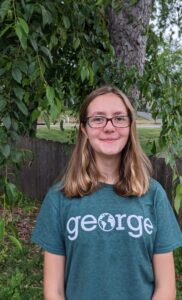 Hopewell, NJ
Hopewell, NJ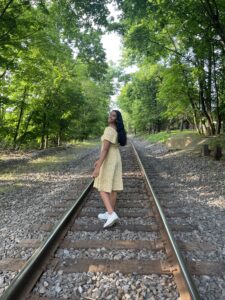
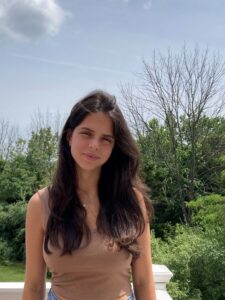 Pottstown, PA
Pottstown, PA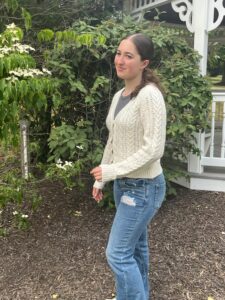 Playa del Carmen, Quintana Roo, México
Playa del Carmen, Quintana Roo, México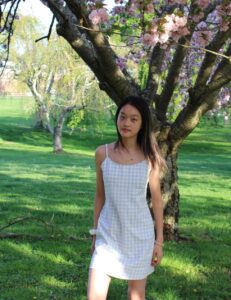 Shanghai, China
Shanghai, China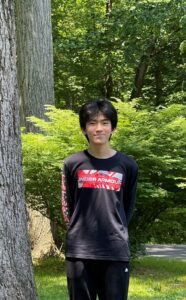 Beijing, China
Beijing, China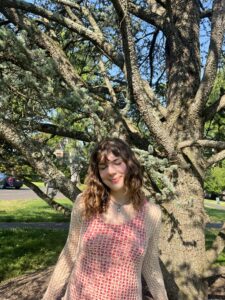 Yardley, PA
Yardley, PA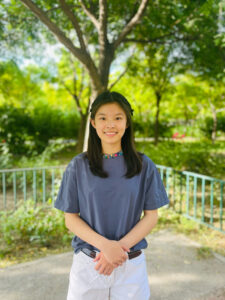 Beijing, China
Beijing, China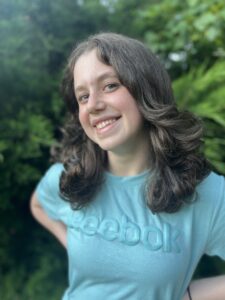 Holland, PA
Holland, PA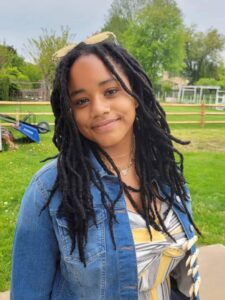 Langhorne, PA
Langhorne, PA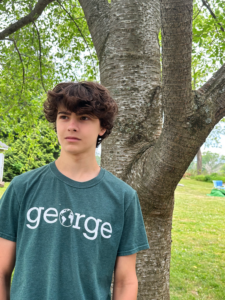 Ringoes, NJ
Ringoes, NJ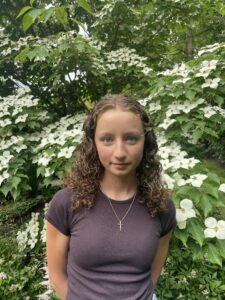 New Hope, PA
New Hope, PA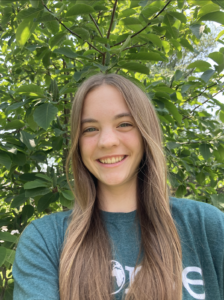 Dreshner, PA
Dreshner, PA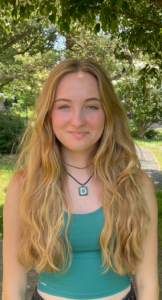 Yardley, PA
Yardley, PA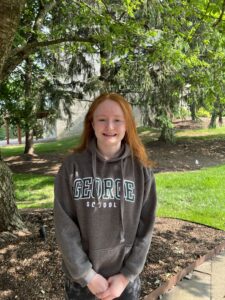 Yardley, PA
Yardley, PA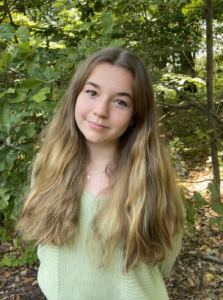 PA
PA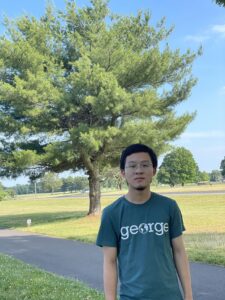
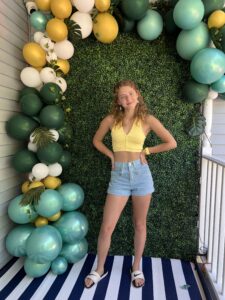
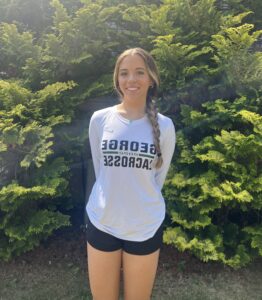
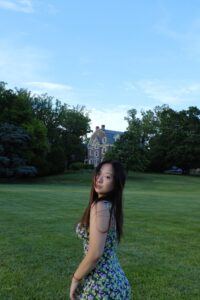 Xi’an, China
Xi’an, China